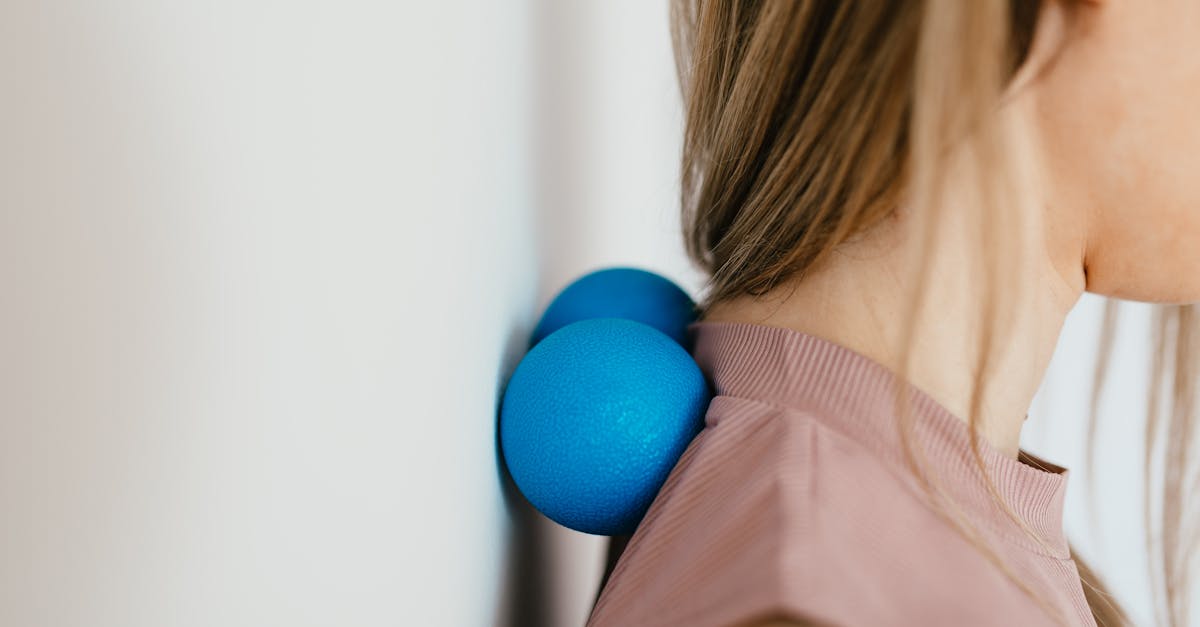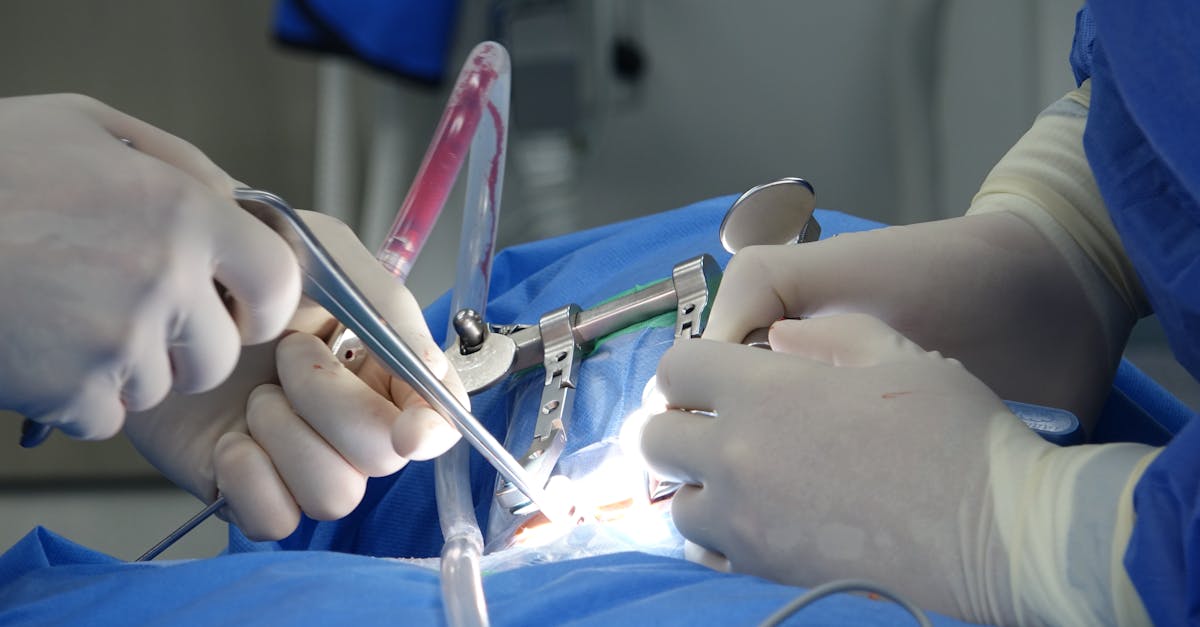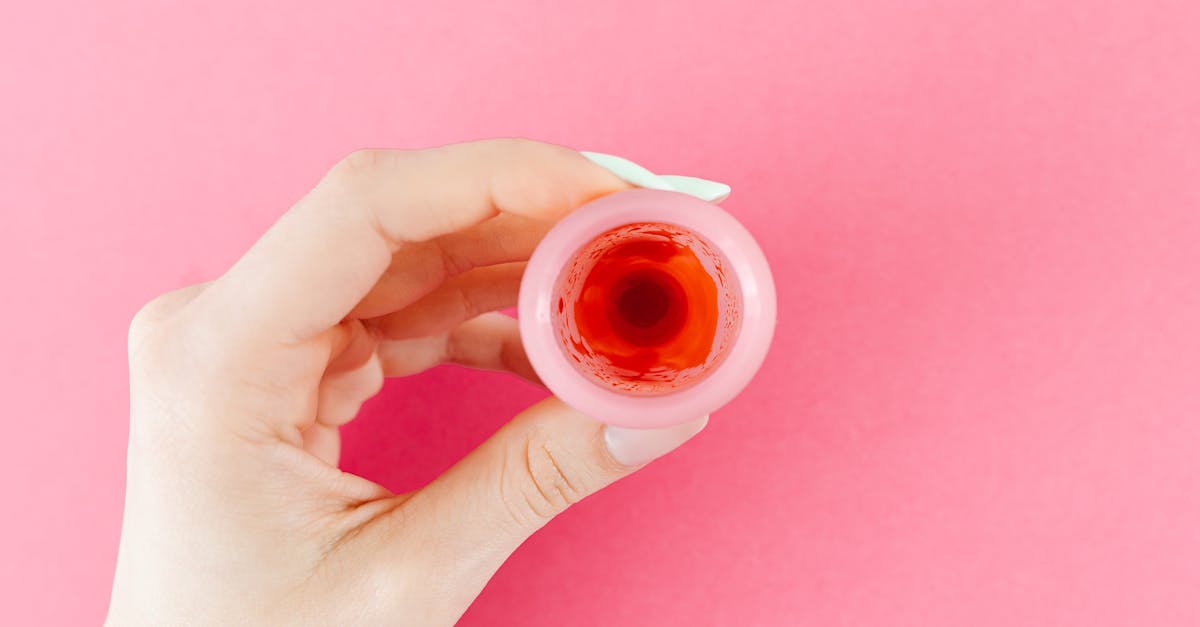Menstruation is a natural process that occurs in the female body, signaling the reproductive system’s health and functionality. However, for many women, it comes with a host of uncomfortable symptoms, one of the most common being leg pain during menstruation.
According to a study 48 women (51%) reported experiencing leg pain, with 59% of these symptomatic women experiencing pain in both legs during menstruation.
This blog will delve into the causes of leg pain during menstruation, explore potential remedies, and discuss the concept of addressing root causes for long-term relief.
Understanding Leg Pain During Menstruation
Leg pain during menstruation, also known as dysmenorrhea, is a discomfort that affects a significant portion of menstruating individuals. This pain can vary from mild discomfort to debilitating cramps, significantly impacting daily activities and quality of life.
The exact cause of leg pain during menstruation is not fully understood, but it is believed to be linked to the release of prostaglandins—a hormone-like substance involved in the contraction of the uterus. These contractions can lead to decreased blood flow to the muscles in the legs, resulting in pain and discomfort.
Causes of Leg Pain During Menstruation
The Impact of Hormonal Changes
Hormonal changes play a crucial role in menstruation and can also contribute to leg pain during this time. Fluctuations in estrogen and progesterone levels can affect muscle contractions and blood flow, exacerbating the sensation of pain in the legs.
Additionally, hormonal imbalances can lead to inflammation and water retention, further intensifying discomfort and pain in various parts of the body, including the legs.
Prostaglandins
During menstruation, the body releases hormone-like substances called prostaglandins, which cause the uterus to contract and shed its lining. High levels of prostaglandins can also cause contractions in other muscles, including those in the legs, leading to pain and discomfort.
Endometriosis
Endometriosis is a condition where the tissue that lines the uterus grows outside the uterus. This can cause severe menstrual cramps and pain that radiates to the legs in some cases.
Adenomyosis
Adenomyosis is a condition where the tissue that lines the uterus grows into the muscular wall of the uterus. This can cause heavy periods, severe menstrual cramps, and pain that radiates to the legs.
Fibroids
Uterine fibroids are noncancerous growths in the uterus that can cause heavy menstrual bleeding and pelvic pain. In some cases, fibroids can press on nerves in the pelvis, leading to leg pain during menstruation.
Pelvic inflammatory disease (PID)
PID is an infection of the female reproductive organs, often caused by sexually transmitted infections (STIs) such as chlamydia or gonorrhea. PID can cause pelvic pain, which may radiate to the legs during menstruation.
Ovarian cysts
Ovarian cysts are fluid-filled sacs that can develop on the ovaries. Large cysts or cysts that rupture can cause pelvic pain and discomfort that may extend to the legs.
Poor circulation
Some women may experience poor circulation during menstruation, which can lead to discomfort or pain in the legs.
Muscle fatigue and tension
Hormonal changes during menstruation can affect muscle tension and fatigue, potentially leading to leg pain.
If you experience severe or persistent leg pain during menstruation, it’s important to consult with a healthcare provider to determine the underlying cause and explore treatment options
Exploring Potential Remedies for Leg Pain During Menstruation
While over-the-counter pain relievers may offer temporary relief from leg pain during menstruation, addressing the root causes of the discomfort is essential for long-term management. One approach gaining attention is the concept of holistic care, focusing on restoring balance and well-being from within.
Addressing Root Causes of Leg Pain During Menstruation
Pulse Align is a holistic approach to wellness that emphasizes addressing the root causes of symptoms rather than just alleviating them temporarily. By targeting the underlying imbalances in the body, Pulse Align aims to promote overall health and vitality, including relief from leg pain during menstruation.
Pulse Align
Pulse Align works by identifying and addressing disturbances in the body’s electromagnetic field, which can disrupt the flow of energy and contribute to various health issues, including menstrual discomfort. By restoring balance to the body’s energy systems, Pulse Align aims to promote healing and alleviate symptoms naturally.
Studies have shown promising results regarding the effectiveness of holistic approaches like Pulse Align in managing menstrual symptoms..
The Importance of Lifestyle Changes
In addition to holistic therapies like Pulse Align, lifestyle changes can play a significant role in managing leg pain during menstruation. Regular exercise, stress management techniques such as yoga and meditation, and a balanced diet rich in nutrients can help support hormonal balance and alleviate menstrual symptoms, including leg pain.
Conclusion: Embracing Holistic Wellness
Managing leg pain during menstruation requires a comprehensive approach that addresses the root causes of discomfort rather than just masking symptoms temporarily. By understanding the hormonal changes and imbalances that contribute to menstrual discomfort, individuals can make informed choices about their health and well-being.
Pulse Align offers a holistic approach to wellness that focuses on restoring balance and vitality from within. By embracing lifestyle changes and exploring holistic therapies like Pulse Align, individuals can experience improved well-being and a natural return to normal function.
In conclusion, let us invite you to consider the holistic insights shared in this blog and explore Pulse Align for improved well-being through a natural return to normal function. Remember, prioritizing your health and embracing holistic wellness can empower you to live your best life, free from the constraints of menstrual discomfort.
Reference
Missmer, S. A., & Bove, G. M. (2011). A pilot study of the prevalence of leg pain among women with endometriosis. Journal of bodywork and movement therapies, 15(3), 304-308.https://www.sciencedirect.com/science/article/abs/pii/S1360859211000258
As the visionary CEO of Pulse Align, François is dedicated to transforming the landscape of pain management and posture health. With a deep-rooted passion for innovation and a commitment to excellence, François leads the team in developing cutting-edge solutions that empower individuals to live healthier, pain-free lives. Under his leadership, Pulse Align has become a beacon of hope and support for those navigating postural-related issues and chronic pain. François brings a wealth of experience in neuromodulation and patient management technologies, combining strategic insight with a compassionate approach to address the unique challenges faced by each individual.




